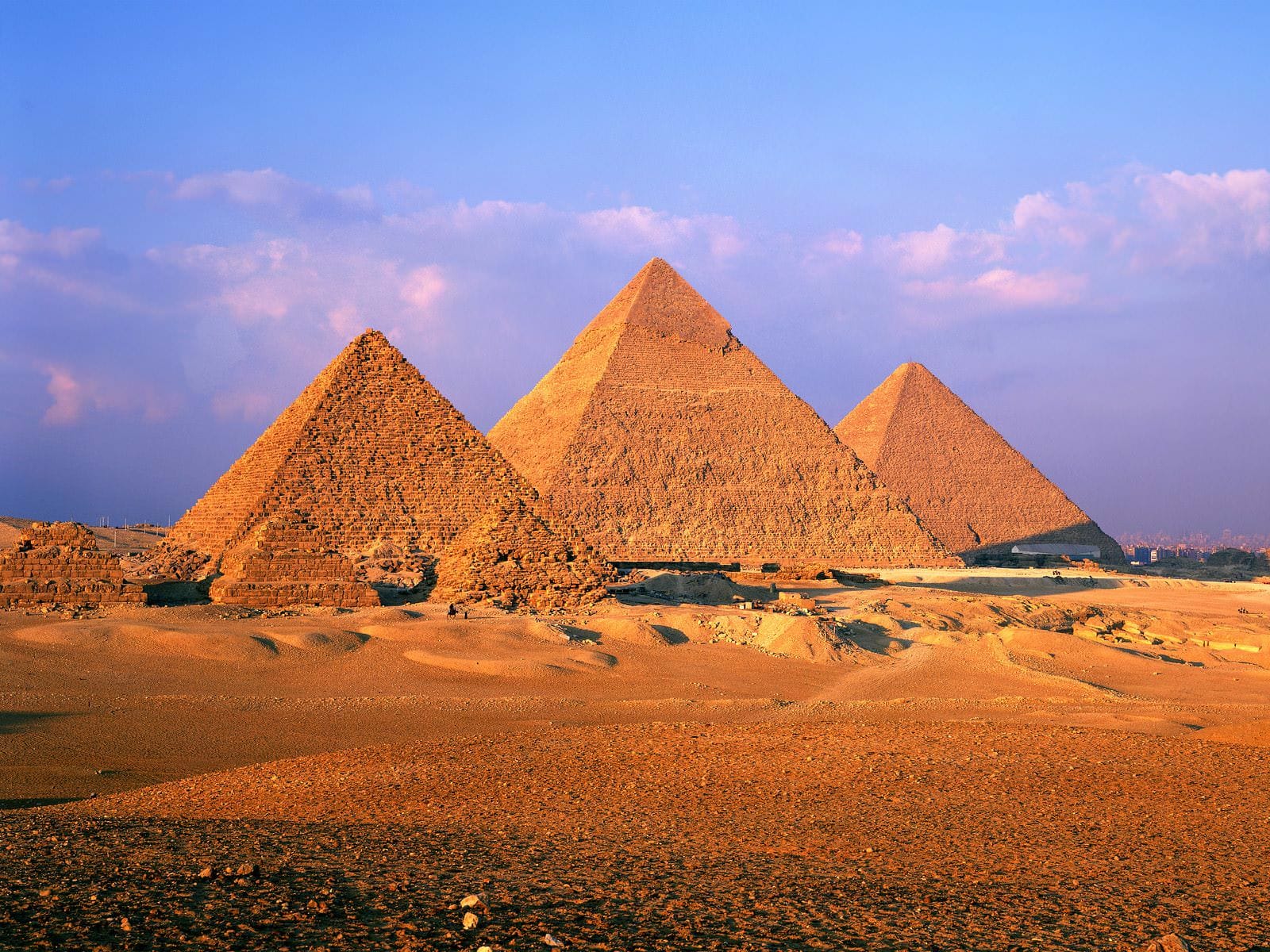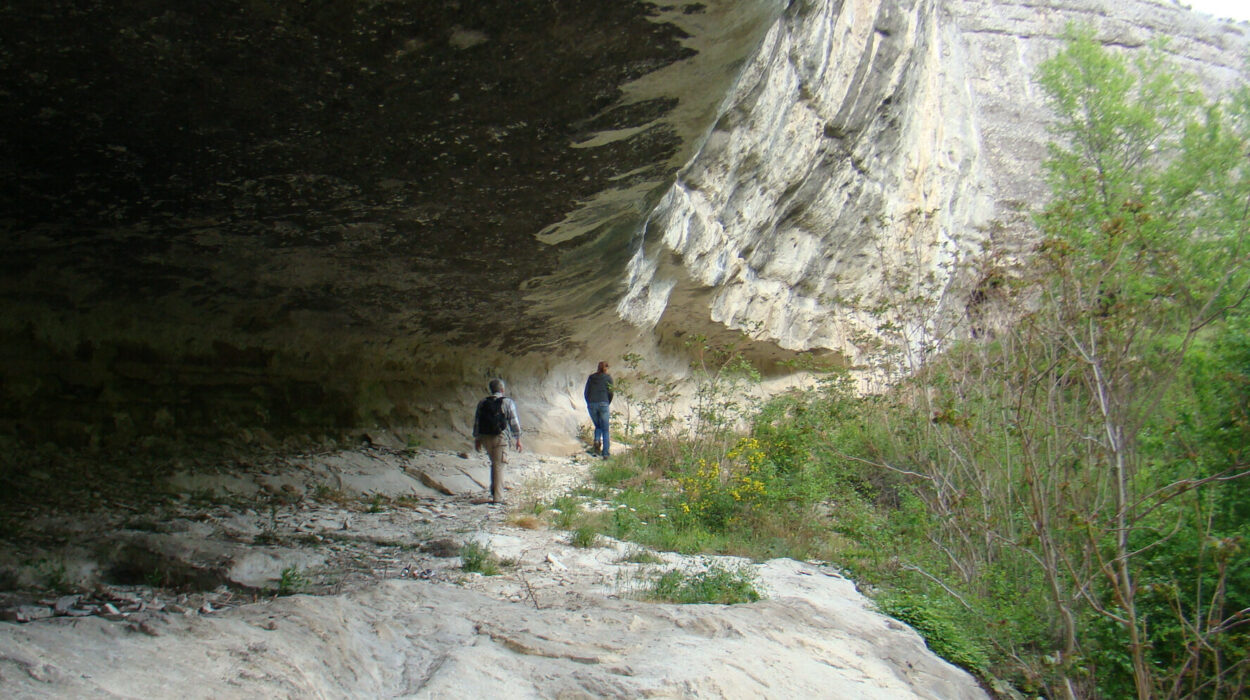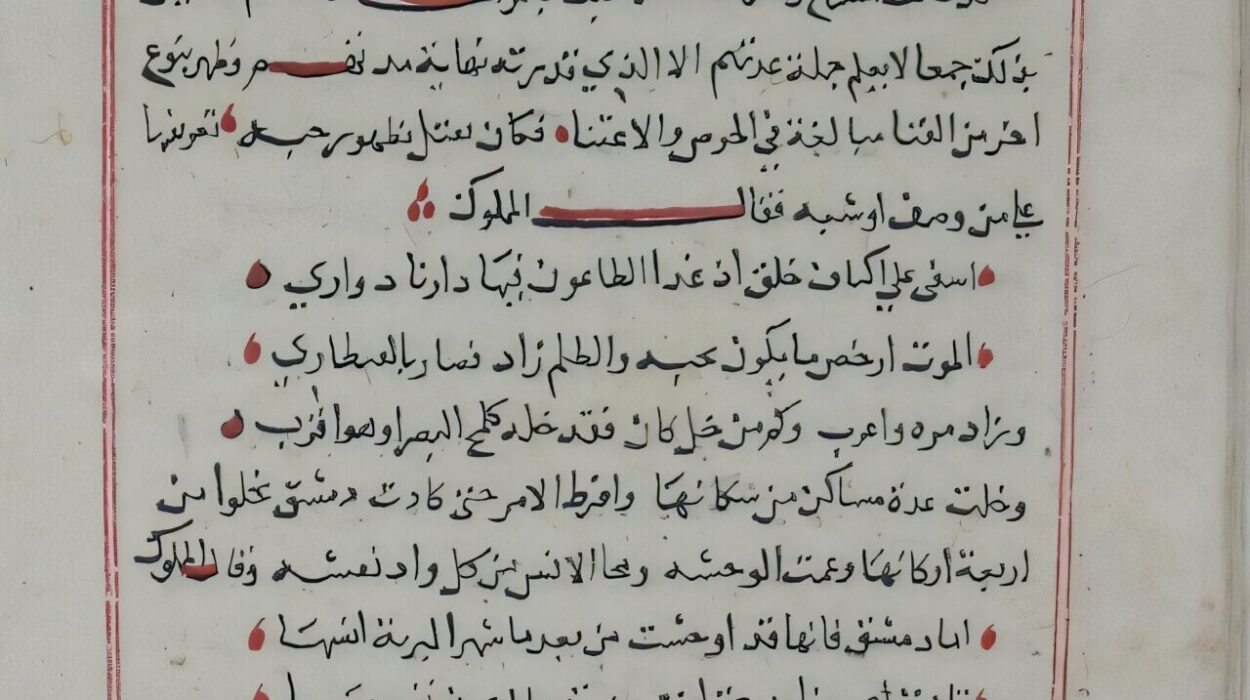The pyramids of Egypt rise out of the desert like dreams carved in stone. Towering above the golden sands, they evoke awe, mystery, and endless speculation. Chief among them, the Great Pyramid of Giza—an immense limestone mountain built over 4,500 years ago—has for centuries confounded historians, mystics, and engineers alike. The question at its core remains deceptively simple: who built them?
This inquiry has echoed through time not just as a historical curiosity but as a cultural battleground, where science and speculation clash. From ancient alien theorists to biblical literalists to Afrocentric revisionists, nearly every fringe has staked a claim. Yet as with most enduring mysteries, the truth—painstakingly unearthed by generations of archaeologists—tells a story more human, more grounded, and arguably more wondrous than any myth.
Lost in the Myths: Aliens, Slaves, and Superhumans
For decades, even centuries, popular culture has embraced alternative narratives about the pyramids’ construction. Hollywood has sold the image of the enslaved masses, groaning under the whips of tyrannical pharaohs. Pseudo-historical documentaries speak of extraterrestrials handing over impossible technologies. Internet forums brim with whispers of Atlanteans, time travelers, or lost civilizations predating Egypt itself.
These ideas persist in part because the pyramids seem too perfect, too enormous, too impossibly aligned to the cosmos for primitive humans to have built them. Some point to the precision of the blocks, the alignment to cardinal points, or the mysterious nature of the tools allegedly available to builders in the third millennium BCE. Others note that mainstream archaeology once dismissed the indigenous populations of Africa and the Middle East as incapable of such feats—opening the door for outsider theories to fill the vacuum of respect and representation.
But what does real science say? What happens when we follow the evidence—not the myth?
A Kingdom Carved in Stone
To understand who built the pyramids, one must first understand when and why they were built.
The era of pyramid construction flourished during Egypt’s Old Kingdom, specifically the Fourth Dynasty, around 2600–2500 BCE. It was a time of centralized power, vast resources, and immense ambition. Pharaohs were not merely kings; they were gods in human form. Their tombs weren’t just burial places—they were cosmic gateways, metaphysical machines meant to ensure their eternal life and divine rebirth.
The Great Pyramid, attributed to Pharaoh Khufu (also known as Cheops), is the most famous. Originally standing 146.6 meters tall (481 feet), it was the tallest man-made structure in the world for over 3,800 years. Built from over 2.3 million stone blocks, some weighing more than 50 tons, it covers over 13 acres at its base.
But if not aliens or Atlanteans, who could command such labor, such planning, such architectural prowess?
The Builders in the Shadows
For many years, little was known about the actual people who hauled the stones and raised the pyramids. But then came a string of stunning discoveries.
In the 1990s, archaeologists led by Dr. Zahi Hawass and Dr. Mark Lehner uncovered a workers’ village near the pyramids of Giza—a find that rewrote everything we thought we knew. The village included barracks, bakeries, breweries, granaries, workshops, and even cemeteries. The workers were not slaves. They were skilled laborers—artisans, stonecutters, haulers—fed well, treated medically, and honored in death.
Skeletal remains showed signs of heavy lifting but also of careful treatment: broken bones that had healed, evidence of surgeries, and no signs of mistreatment. Their graves contained bread, beer, and amulets—gifts for the afterlife. These were not oppressed captives. They were respected members of a vast, organized workforce.
Hieroglyphic graffiti found inside the Great Pyramid even includes team names and worker crews: “The Friends of Khufu,” “The Drunkards of Menkaure.” These marks, hidden deep inside construction corridors, were clearly made by builders—not later visitors. They suggest a proud workforce, operating under strict organization but also community spirit.
Tools of a Forgotten Trade
Skeptics have long asked: how could ancient Egyptians cut, lift, and place stones with such precision—without steel tools or advanced machinery?
The answer lies in Egypt’s ingenious use of the materials they had.
Copper chisels, often dismissed as too soft to work hard stone, were used in concert with sand—an abrasive as sharp as any modern file. Granite, used sparingly for inner chambers and casing, was worked with dolerite pounders, some of which have been found in vast numbers near ancient quarries.
Stones were transported via sleds, pulled over lubricated tracks of wet sand. Recent experiments—supported by wall paintings from tombs—demonstrate that reducing friction with water could allow surprisingly efficient movement of heavy blocks.
Ramps, often cited as impractical due to the pyramid’s height, were likely complex in design. Some may have wrapped around the pyramid in spiral form; others may have used straight causeways from nearby quarries. Archaeological remains of such ramps have been uncovered near other pyramids, suggesting multiple techniques were in use.
Perhaps the most important revelation here is not that the Egyptians did it—but that they did it with relentless ingenuity, not magic.
The Invisible Engineers: Scribes and Surveyors
Behind every block laid, there stood a mind that measured, planned, and orchestrated. Ancient Egyptian architecture was not a chaotic affair but a highly regimented feat of civil engineering.
Scribes and surveyors—often the unseen backbone of society—used tools like plumb bobs, cubit rods, and leveling instruments to align the pyramids with extraordinary precision. The Great Pyramid is aligned within 0.05 degrees of true north—a fact that still boggles the modern mind.
Yet this may not be evidence of supernatural knowledge. Egyptian priests and astronomers had an intimate understanding of the night sky. By tracking the stars’ movements, particularly the circumpolar stars that never set, they could determine cardinal directions with astonishing accuracy.
What seems impossible today was made possible then through generations of accumulated observation, tradition, and a culture that placed the cosmos at the heart of its beliefs.
Why the Myths Persist
Despite decades of solid evidence, conspiracy theories continue to thrive. The idea that aliens or lost civilizations built the pyramids taps into something deeply psychological. It reflects a refusal—conscious or unconscious—to believe that ancient non-Western societies could achieve greatness on their own.
There is an undercurrent of racism in some of these myths, denying agency to the people who actually lived, toiled, and created. The Egyptian pyramids were not isolated marvels. They were the culmination of a civilization already thousands of years old, with a deep knowledge of mathematics, astronomy, architecture, and theology.
The temptation to attribute their works to outsiders often says more about modern biases than ancient realities.
Beyond Giza: A Legacy in Stone
The pyramids of Giza are only the most famous examples of Egypt’s monumental architecture. Earlier pyramids—like the Step Pyramid of Djoser, built by the architect Imhotep—show an evolution in design. The “bent pyramid” of Sneferu reveals mistakes and adaptations along the way.
Farther south in Nubia, the Kushite kings built pyramids of their own—steeper and smaller but no less impressive. In fact, there are more pyramids in Sudan than in Egypt. These also challenge the false narrative that Africa was a passive recipient of civilization rather than a source.
Each pyramid, whether towering or modest, was part of a broader spiritual ecosystem: temples, causeways, mastabas, and villages that testified to a vibrant and complex society. These were not just tombs; they were instruments of eternity.
The Pyramid as a Symbol of Human Potential
To ask who built the pyramids is to ask who we are as a species.
The answer is not aliens, nor sorcerers, nor lost gods. The answer is people. Tens of thousands of men and women—ordinary in body, extraordinary in vision—who believed that building something eternal was worth a lifetime of labor.
Their story is not just one of stone and sweat, but of imagination, ritual, science, and hope. They were not slaves to superstition, but architects of transcendence. And their legacy still casts a long shadow over our modern age.
When we look at the pyramids, we are not seeing something alien. We are seeing ourselves, at our most driven, our most determined, and our most daring.
The Desert Still Whispers
Archaeology continues. Beneath the sands, more answers wait. New tools—ground-penetrating radar, LIDAR scanning, AI-enhanced imaging—are revealing chambers yet unopened, tombs yet uncovered, texts yet deciphered.
Each find brings us closer not to some fantastical revelation but to a deeper, more profound understanding of ancient humanity. The men and women who built the pyramids were not superhuman, but they were no less magnificent for that.
In a world where technology allows us to reach the stars, perhaps we can now, finally, look back at the earth with clearer eyes—and give credit where it is due.
The pyramids are not just monuments of stone. They are monuments to the human spirit.






